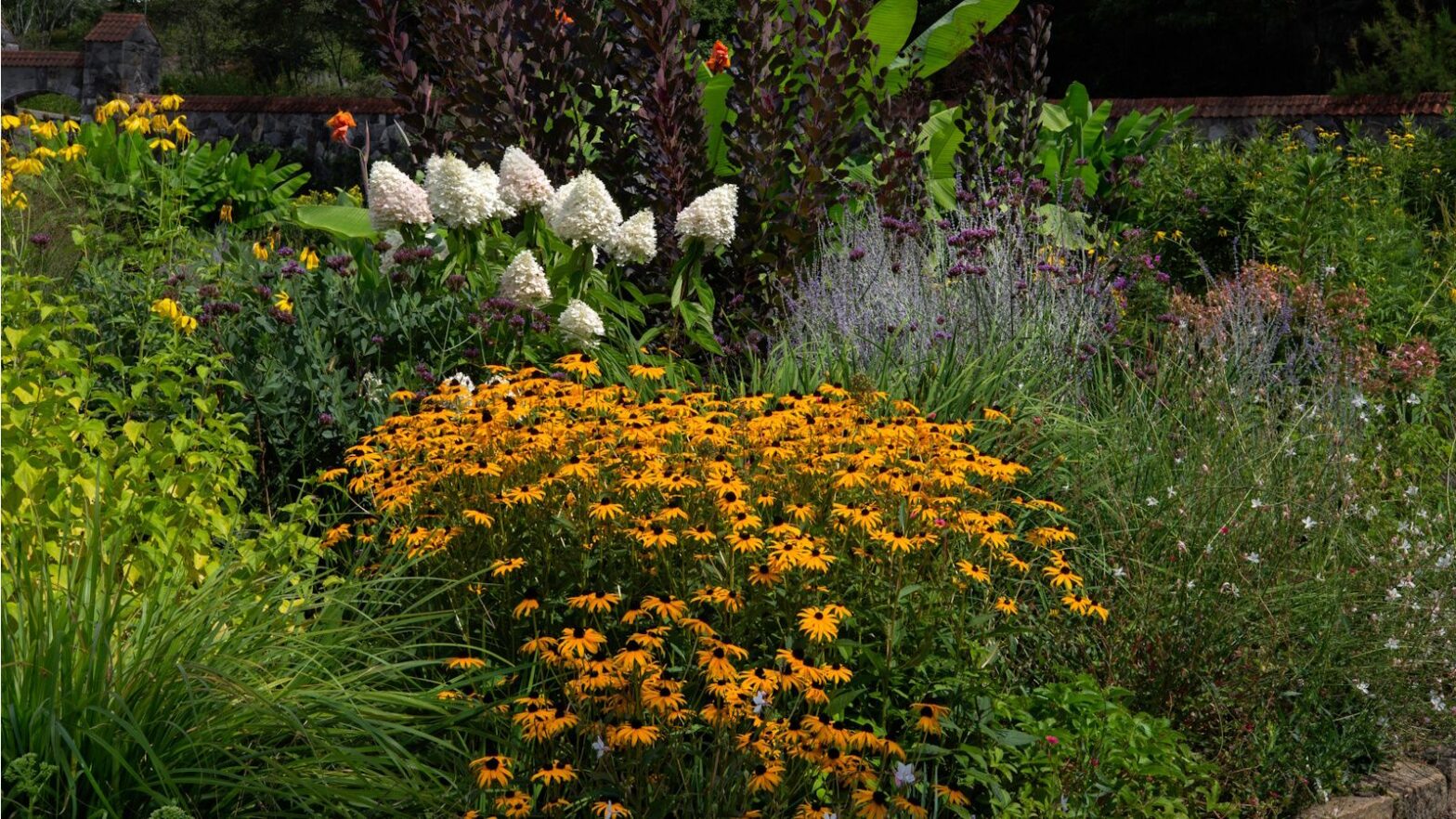Autumn is one of the busiest times of the year for us gardeners. We rush to clean up after summer, give our plants some TLC before winter, and make sure all of our tools are stored properly. If you do these tasks, you may be making some harmful fall yard cleanup mistakes that harm wildlife.
Whether it's removing all possible wildlife shelter or using harmful cleaning materials and pesticides, there are a few things that can go wrong and compromise the safety of wildlife in the garden during the fall and winter. At the same time, it's important to check off important tasks from your fall gardening checklist. However, you need to consider how tidying up can affect the wild garden aspects of your garden.
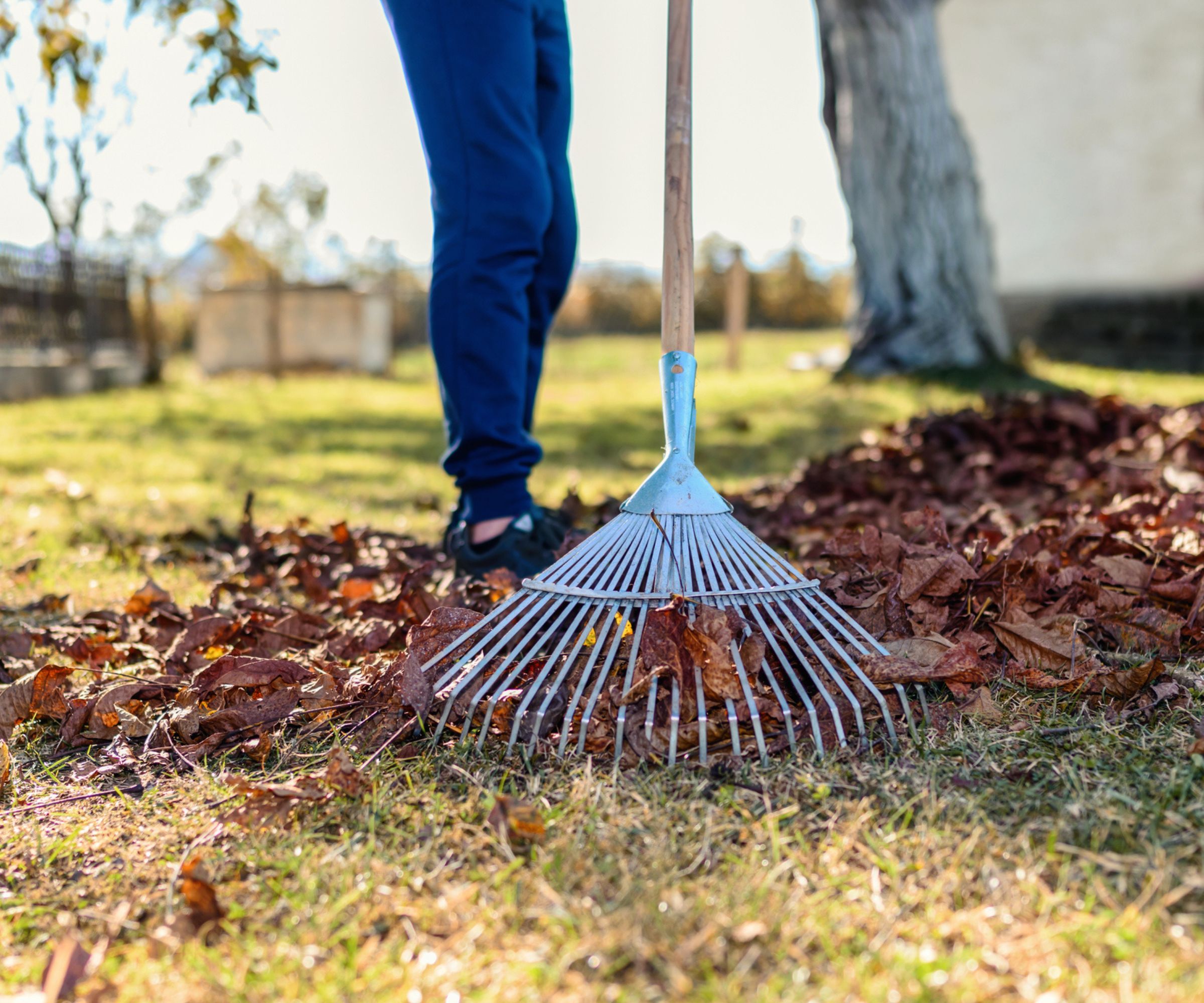
(Image credit: Getty Images / bluecinema)
3 Fall Garden Cleaning Mistakes That Harm Wildlife
Over-cleaning your yard not only harms overwintering wildlife, but failing to clean water sources and feeders can also be harmful, as can using chemicals in your clean-up efforts. Here's how to avoid these common fall gardening mistakes.
1. Forgetting to clean your birdbath
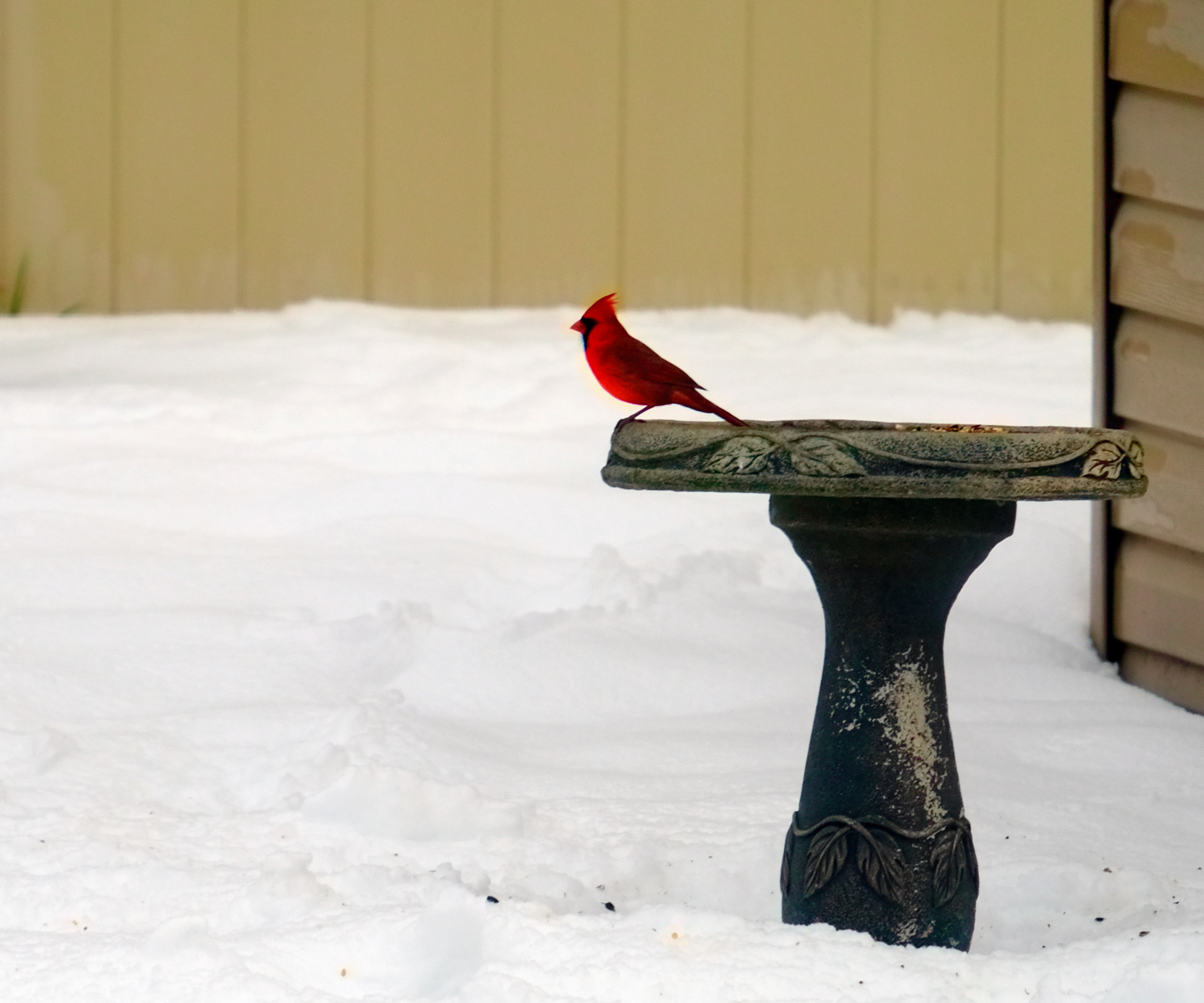
(Image credit: L. Toshio Kishiyama via Getty Images)
To help garden birds through the winter, you need to ensure they continue to find food and water in your garden. However, if these sources are not clean, damage in the form of bacteria can occur.
“Dirty or stagnant water can spread disease among birds and mammals,” notes Peter GrosWildlife expert and co-host of Mutual of Omaha's Wild Kingdom.
Of course, it can be easy to neglect your birdbath while you have so much pruning to do in the fall.
“In winter, when natural springs freeze over, birds rely on accessible water for drinking and bathing.” “A shallow, clean birdbath, ideally with a small heater or replaced daily, can make a big difference to their survival,” he says Mary Mack GrayOrnithologist at Birdbuddy.
Luckily, cleaning your birdbath is easy. You can even purchase products like this bird-safe birdbath cleaner on Amazon.
Going forward, you should also use methods to prevent your birdbath from freezing over in the winter to ensure birds have access to fresh water during the coldest months.

Peter Gros is an experienced wildlife expert who shares his love of wildlife and wilderness with families and children across the country. He has nearly 30 years of field experience with wildlife and was part of Mutual of Omaha's Wild Kingdom since 1985.

Mary is a wildlife biologist with over a decade of experience in the study, conservation and regulation of threatened and endangered species. Mary's expertise is in bird ecology, particularly in the areas of cooperative breeding; reintroductions/translocations; behavioral ecology; specialists in endemic and fire-dependent habitats; and habitat management.
2. Remove all dead plant parts
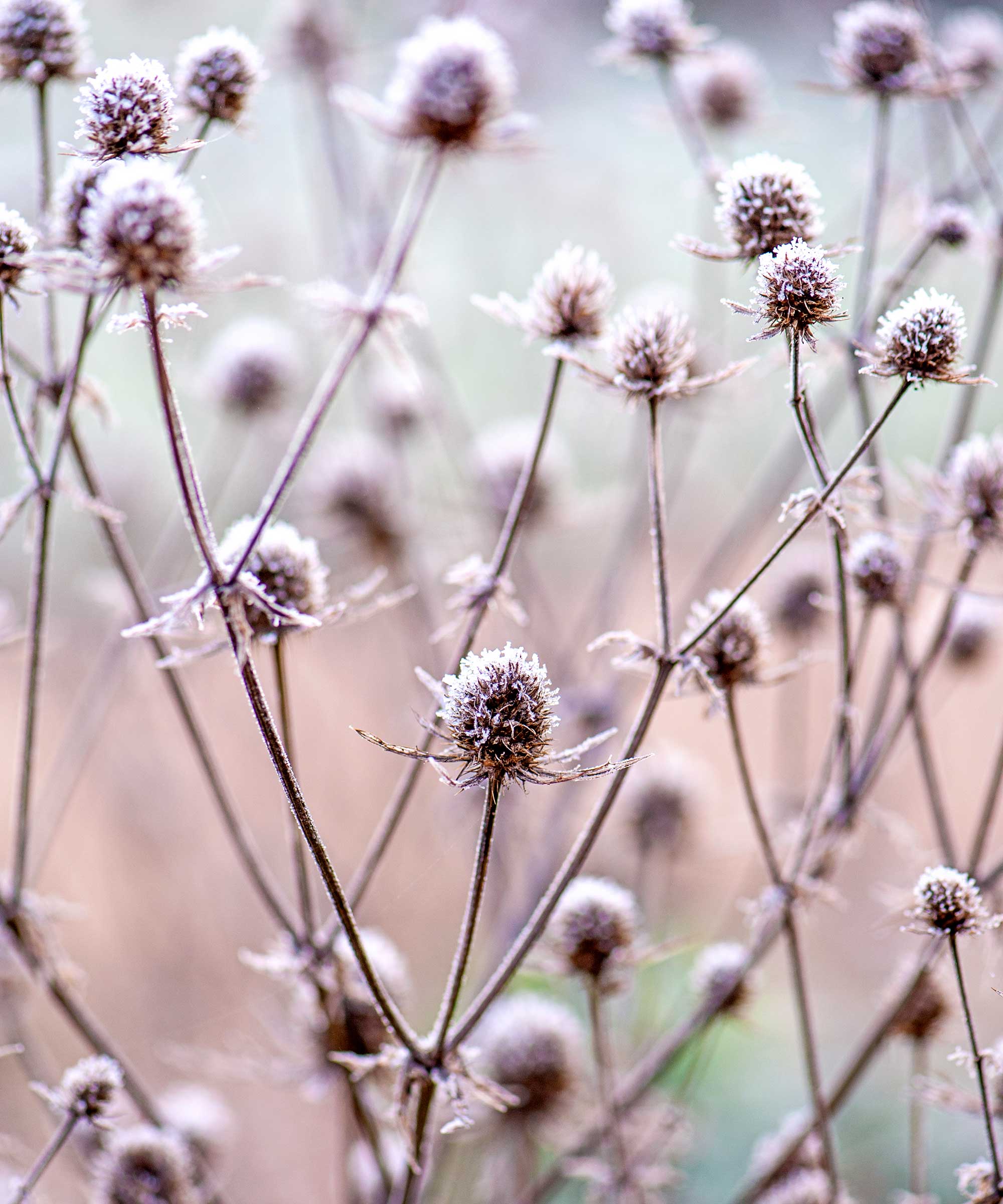
(Image credit: Jacky Parker Photography / Moment / Getty Images)
As beautiful as the fall garden landscape is, there's no doubt that it can be overwhelming for those of us who prefer a more manicured look. But before you get to work collecting fallen leaves and removing spent flowers this season, keep small mammals, insects and birds in mind.
“Fallen leaves and dead wood are necessary protection for wild animals,” says ecologist Dr. Amy Karpati. “Small mammals, turtles and amphibians such as salamanders and toads use the leaf litter layer as a winter blanket, insulating them from wind and cold during hibernation.”
In fact, you can make your garden wildlife-friendly before frost by intentionally creating piles of leaves for insulated shelter. This is also a great way to provide a neater look without having fallen leaves scattered all over the lawn.
“You should also save seed heads from perennial plants like marigolds, asters, and black-eyed sunflowers,” says Mary.
“These provide food for birds and protection for pollinators in winter.” “Approximately 95% of songbirds feed their young insects, so maintaining overwintering insect habitats is critical to supporting species such as titmice, cardinals and thrushes,” she adds.
Another advantage is that seed heads provide architectural plant interest for the fall and winter garden and look particularly beautiful when touched by frost.

Amy Karpati is an ecologist and educator. She previously worked as a conservation biologist and environmental activist in the New Jersey Pinelands and as an ecological consultant on various projects. She is currently a faculty member at Columbia University, where she teaches in the School of Professional Studies' master's program in Sustainability Management.
3. Use of pesticides
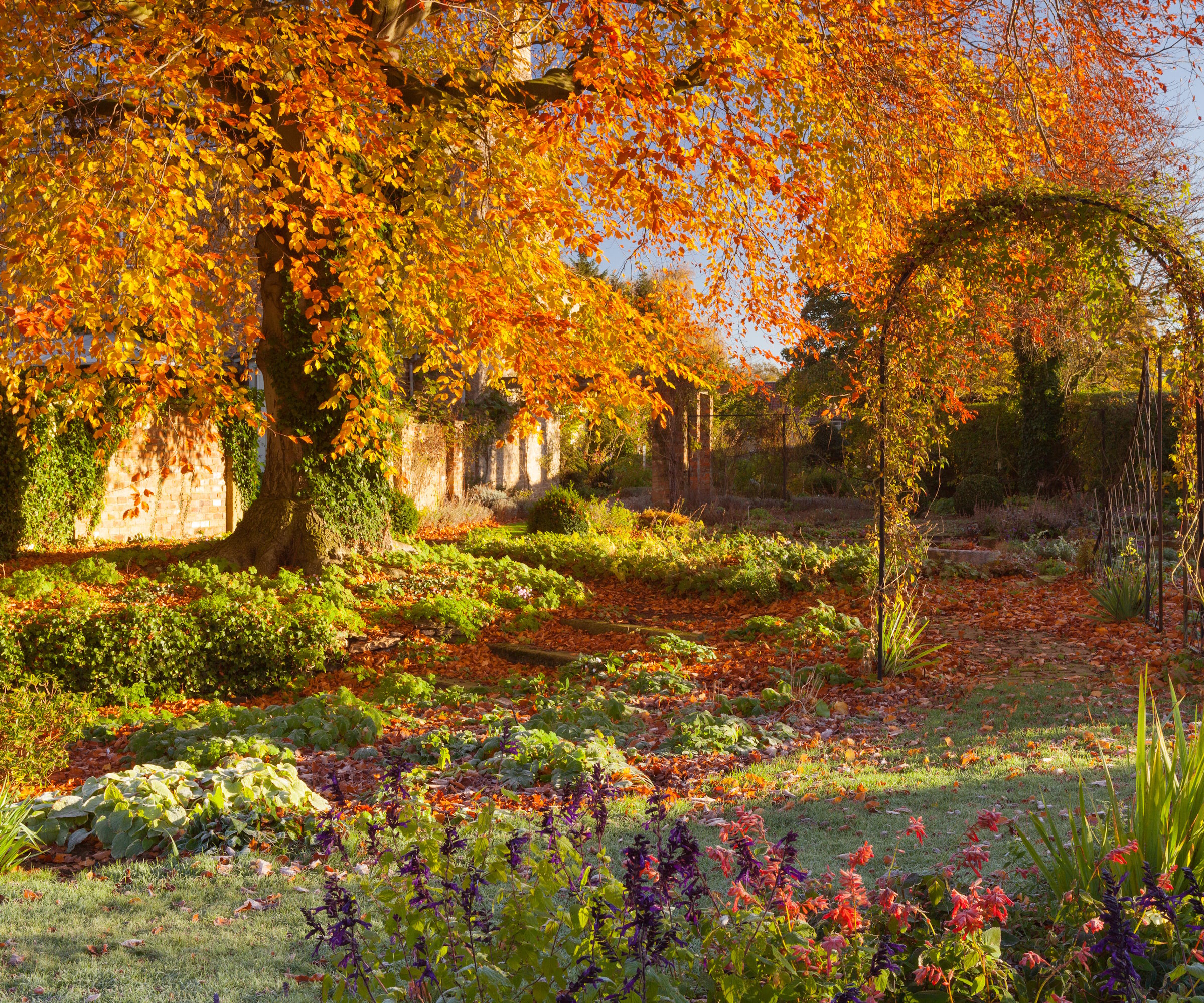
(Image credit: Alamy/LEE BEEL)
As you examine all of your plants after a summer of blooms, you may encounter some of the most common fall garden pests. Pesticides often provide a quick fix, but in the long term they can harm the biodiversity in your garden.
“Pesticides kill beneficial insects, which disrupts the food chain and later affects garden birds,” explains Mary.
Likewise, weed killers contain chemicals that can harm the wildlife in your garden.
Instead, resort to natural pest control methods and non-chemical methods to get rid of weeds.
For example, you can use weed control devices like this weed whacker from Amazon or try making a homemade bug spray.
FAQs
Should I keep my grass long for wildlife in the fall?
It is beneficial to keep parts of your lawn clear of wildlife for a long time in the fall, as they can provide important protection at this time of year. Of course, fall lawn care (including mowing) is important for the health of your grass, but setting aside even just a patch of long grass can be of great benefit to small mammals and beneficial insects.
Not only do these fall garden cleaning mistakes harm wildlife, but actively avoiding them also helps attract wildlife to the garden in the fall. Also consider adding the following features to your garden to support wildlife this season:
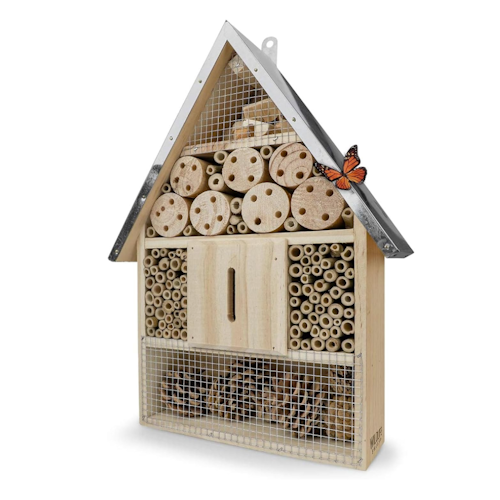
This insect hotel provides important protection for pollinators and beneficial insects in autumn and winter.
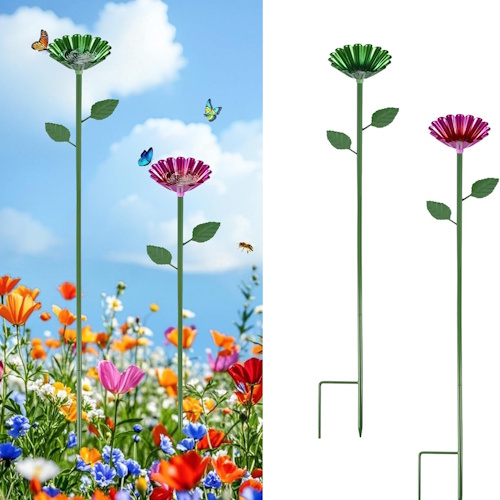
Water is an important resource for pollinators in the fall and winter, and you can provide it for pollinators with these watering stations.
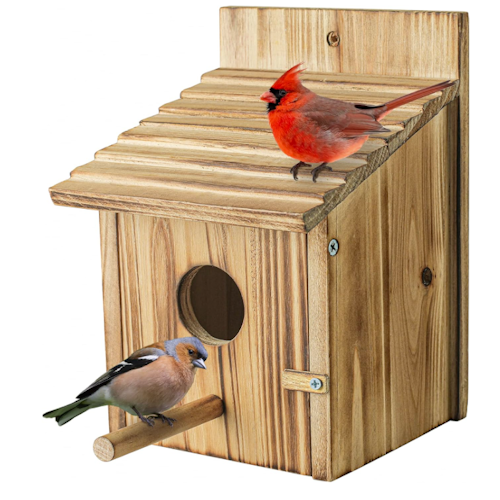
A birdhouse can provide birds with much-needed protection during the coldest months.
TOPICS
